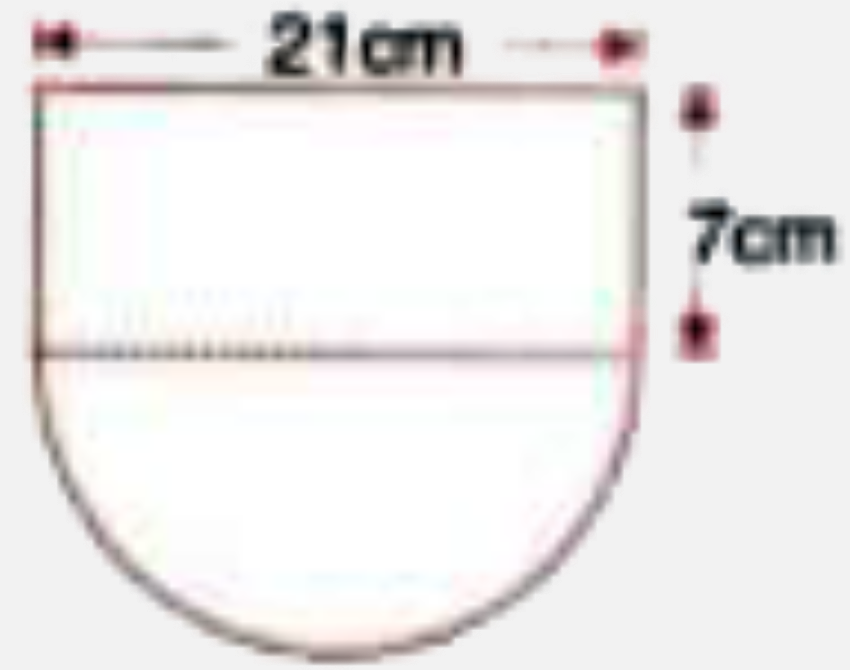Water channels are
Made up of eight similar types of aquaporins
Involved in active transport
Involved in facilitated diffusion
More than one option is correct
The correct Answer is:C
Step-by-Step Text Solution:
1. Definition of Water Channels: Water channels are specialized proteins known as aquaporins. They facilitate the movement of water across cell membranes.
2. Structure of Aquaporins: Aquaporins are integral membrane proteins that form channels in the biological membranes of cells. In the context of the question, it is mentioned that there are eight similar types of aquaporins present in the biological membrane.
3. Function of Aquaporins: The primary function of aquaporins is to allow the passive transport of water molecules. This process is known as facilitated diffusion, where water moves through the aquaporin channels without the need for energy input.
4. Active Transport vs. Facilitated Diffusion: It is important to note that aquaporins do not involve active transport. Active transport requires energy to move substances against their concentration gradient, while aquaporins operate through facilitated diffusion, allowing water to move down its concentration gradient.
5. Conclusion: Based on the information provided, the correct statements about water channels (aquaporins) are that they are made up of eight similar types of aquaporins and are involved in facilitated diffusion. Therefore, the correct answer to the question is that more than one option is correct.
Topper's Solved these Questions
- TRANSPORT IN PLANTS BOOK - AAKASH INSTITUTE ENGLISHCHAPTER - TRANSPORT IN PLANTS EXERCISE - Assignment (Section C) Previous Year Questions
37 Videos
- TRANSPORT IN PLANTS BOOK - AAKASH INSTITUTE ENGLISHCHAPTER - TRANSPORT IN PLANTS EXERCISE - Assignment (Section D) Assertion-Reason Type Questions
10 Videos
- TRANSPORT IN PLANTS BOOK - AAKASH INSTITUTE ENGLISHCHAPTER - TRANSPORT IN PLANTS EXERCISE - Assignment (Section A) Objective type
45 Videos
- THE LIVING WORLDBOOK - AAKASH INSTITUTE ENGLISHCHAPTER - THE LIVING WORLDEXERCISE - TRY YOURSELF
44 Videos
Similar Questions
Knowledge Check
Two neurons, A and B, synapse onto a third neuron, C.If neurotransmitter from A opens ligand-gated channels permeable to Na+ and K+ and neurotransmitter from B opens ligand-gated Cl− channels, which of the following statements is true ?
AAn action potential in neuron A causes a depolarisation in neuron B.BAn action potential in neuron B causes a depolarisation in neuron C.CSimultaneous action potentials in A and B will cause hyperpolarisation of neuron C.DSimultaneous action potentials in A and B will cause less depolarisation of neuron C than if only neuron A fired an action potential.
(A) : Optical communication is preferred to microwave communication
(R) : Microwaves provide large number of channels and bandwidth as compared to optical signals.
View SolutionCalcium plays an important role in motility of sperm,calcium channels are inserted in sperm membrane
View SolutionA : Presence of myein sheath increases the rate of conduction of nerve impulse.
R : Ionic channels are absent in the area covered by myelin sheath therefore, depolarization occurs only at the nodes of Ranvier , resulting in saltatory or jumping conduction.
View SolutionA characteristic of ion channels is/are
View SolutionThe given figure shows the cross-section of a water channel consisting of a rectangle and a semi-circle. Assuming that the channel is always full, find the

volume of water discharged through it in one minute if water is flowing at the rate of 20 cm per second. Give your answer in cubic metres correct to one place of decimal.
View SolutionIon channels have been discovered by
View SolutionA membrane-lined system of channels present throughout the cytoplasm is
View Solution
